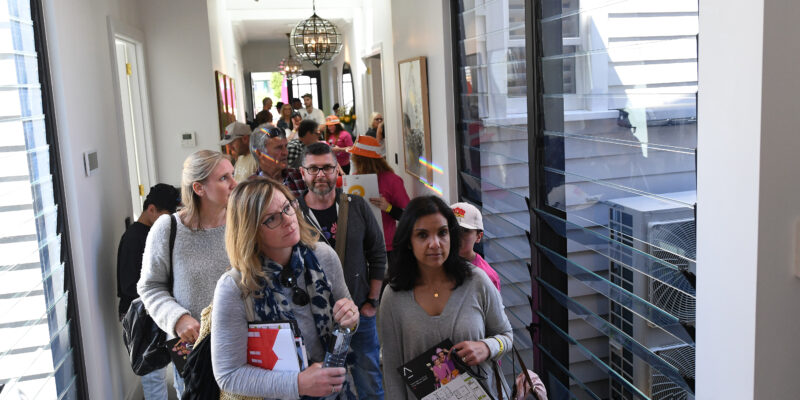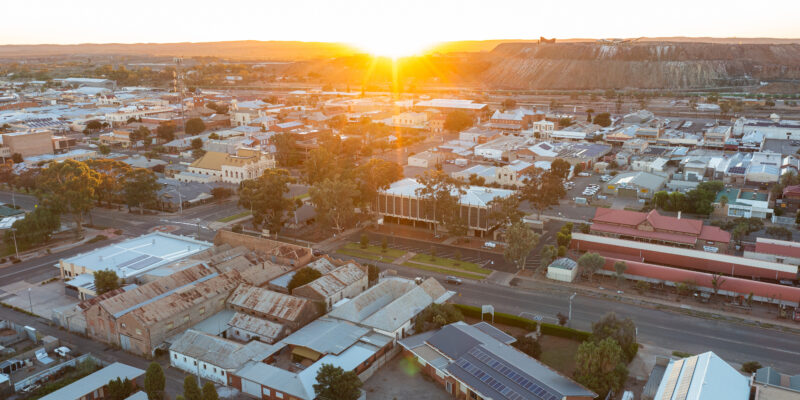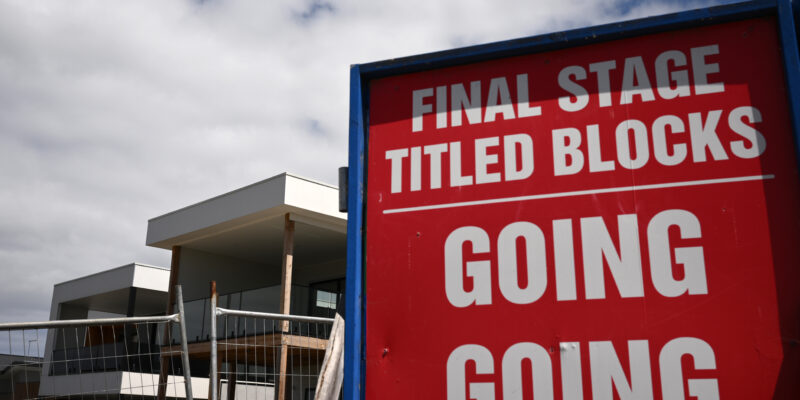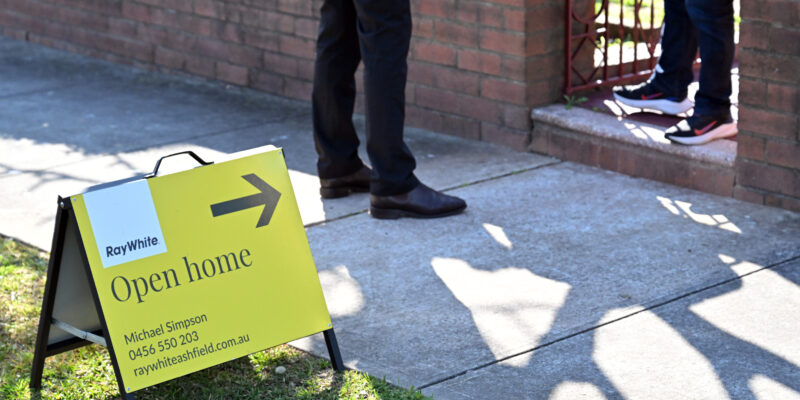Queensland’s rental market has even fewer options in 2025
Building pipeline of that should be 4,100 a month was just 3,116 in March, according to the Australian Bureau of Statistics.
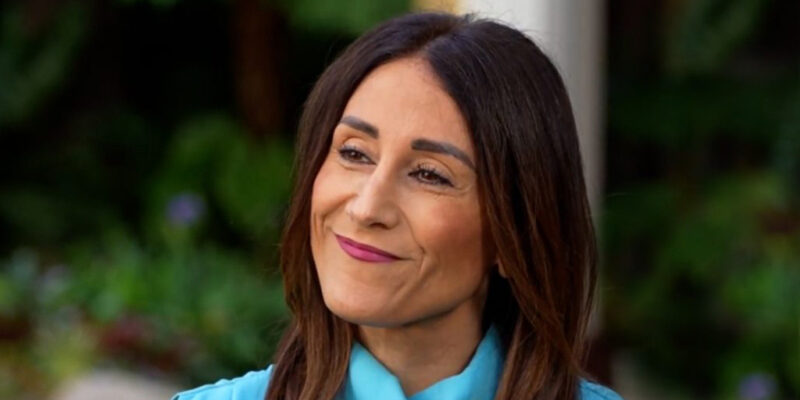
QUEENSLAND’S rental market has started 2025 with even fewer options for tenants, as vacancy rates continue to tighten across the state.
The Real Estate Institute of Queensland’s (REIQ) latest Residential Vacancy Rate Report shows 24 of the 50 regions tightened, 12 held steady, and just 14 saw any relief.
The statewide vacancy rate has slipped from 1.0% to 0.9% – breaking a three-quarter period of steady conditions and reinforcing the entrenched strain on rental supply.
REIQ CEO Antonia Mercorella said Queensland’s rental market has started 2025 with even fewer rental options, with vacancy rates tightening in nearly half of the report’s regions.
“The pressure continues to mount in our inner and outer suburban areas – particularly in Brisbane and surrounds, which recorded one of the most notable tightening movements this quarter,” Ms Mercorella said.
“However, despite these results, property managers are reporting more subdued letting activity, increased days on market, and lessors being more careful with tenant selection.
“This paradox of lower activity despite a tight market reflects some fatigue on both sides: many renters are being priced out, stretching too far, or grouping up to rent, while lessors are holding firm on terms and expectations due to rising costs and more onerous legislative requirements.”
Noosa’s vacancy rate rose to 2.0%, making it the most significant relaxation in this quarter’s report.
But this is unlikely to offer much comfort to renters, as price points in those areas remain largely out of reach for everyday Queenslanders. Vacancy doesn’t automatically equate to accessibility.
Undersupply remains the key driver of the crisis, the REIQ says.
The March 2025 building approvals data released by the ABS revealed that the pipeline of new housing construction is well below the required volume to meet the National Housing Accord target.
For Queensland to contribute its fair share to the target, the pipeline must include 4,100 new dwellings each month.
However, in March 2025, there were only 3,116 dwellings approved in seasonally adjusted terms and there is no sign of an upward trend.
“Queensland’s stubbornly tight rental conditions are symptomatic of years of underinvestment in housing supply, compounded by rapid population growth,” she said.
“Queensland’s rental market: A New Year, even fewer optionsThere’s no silver bullet, but the solution lies in one thing: more housing.”


